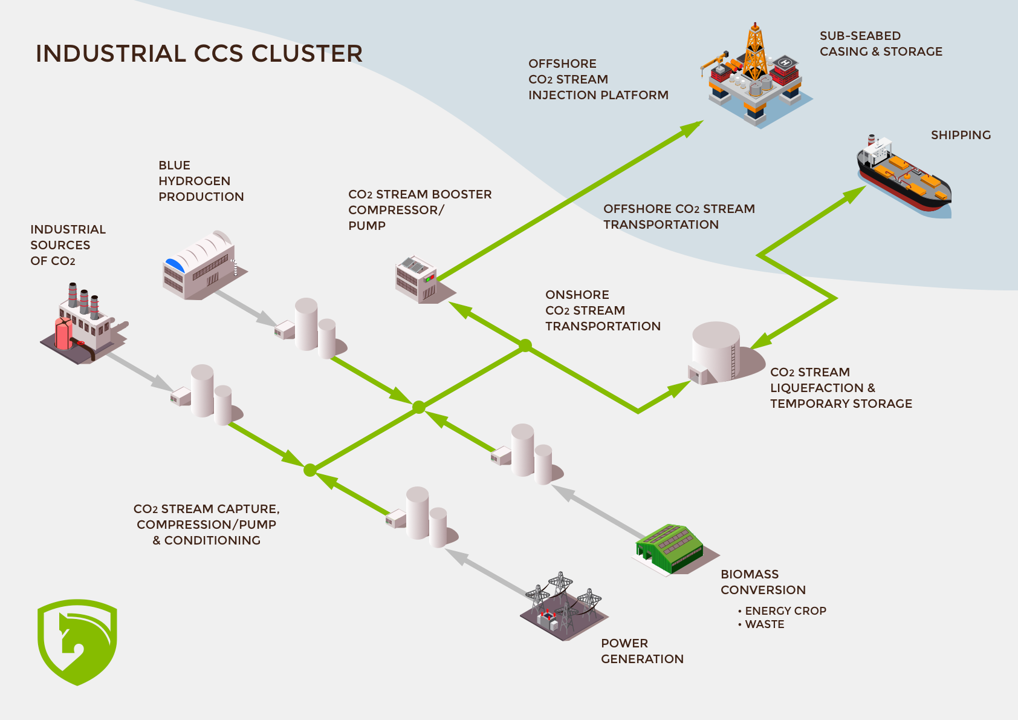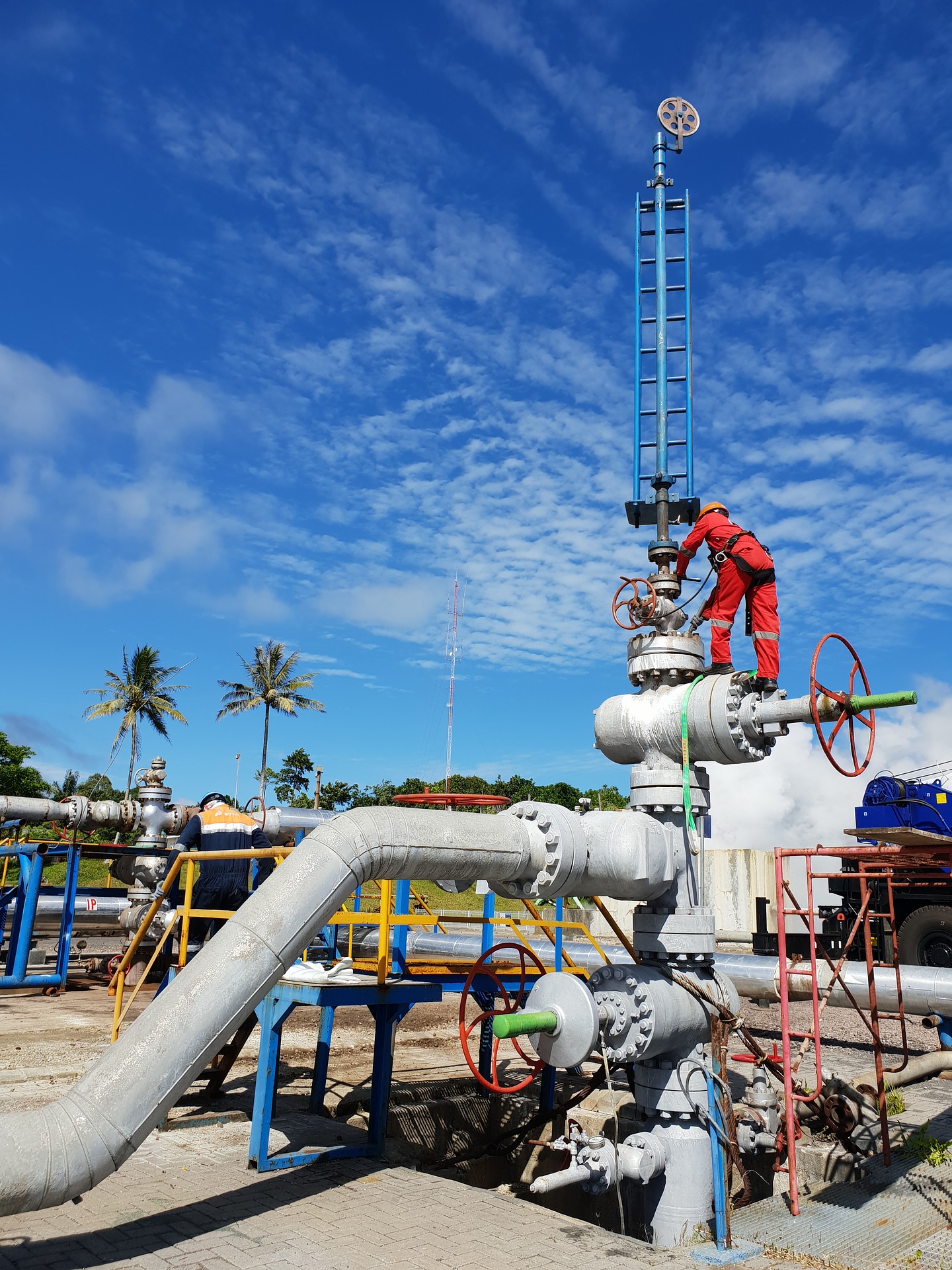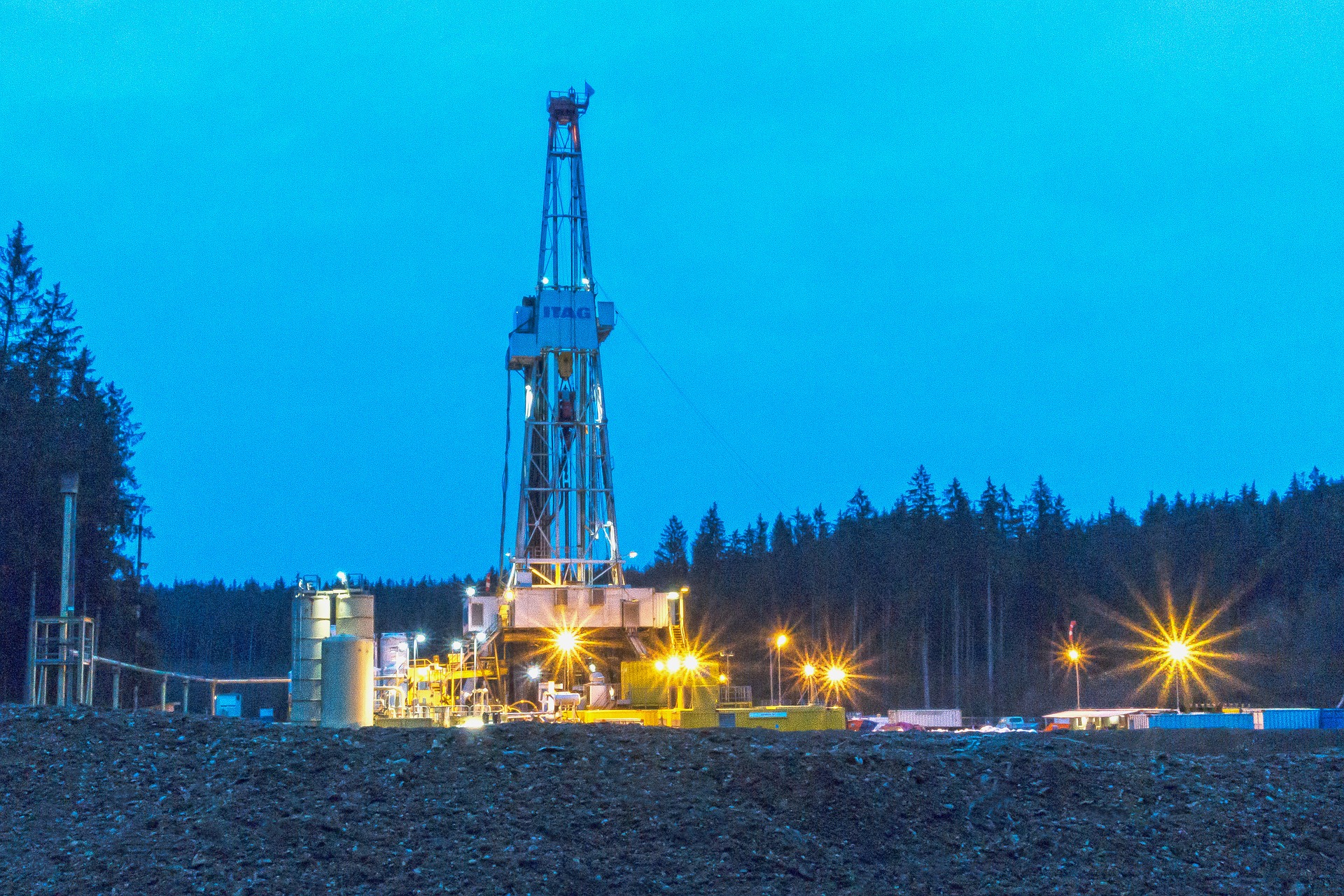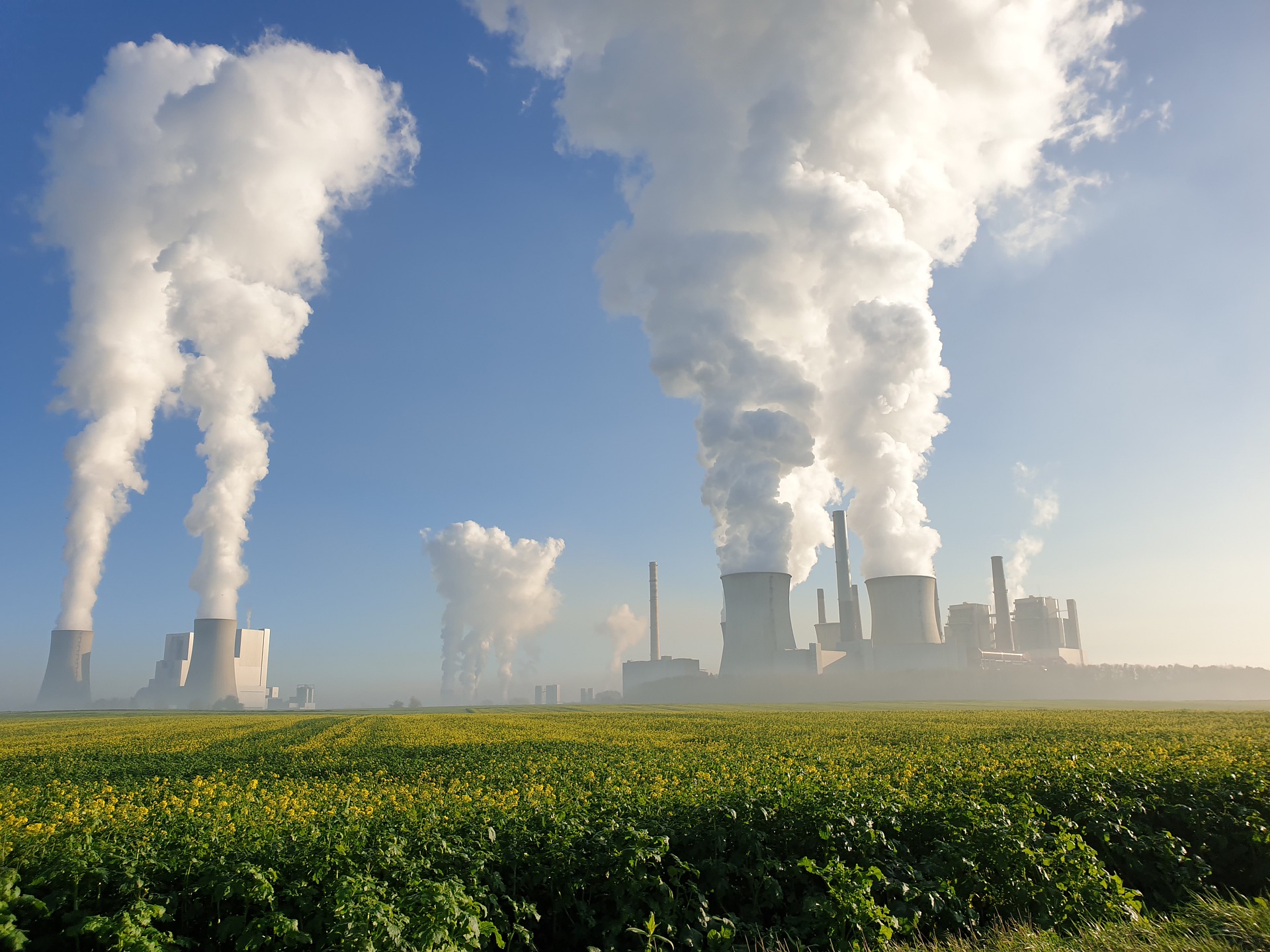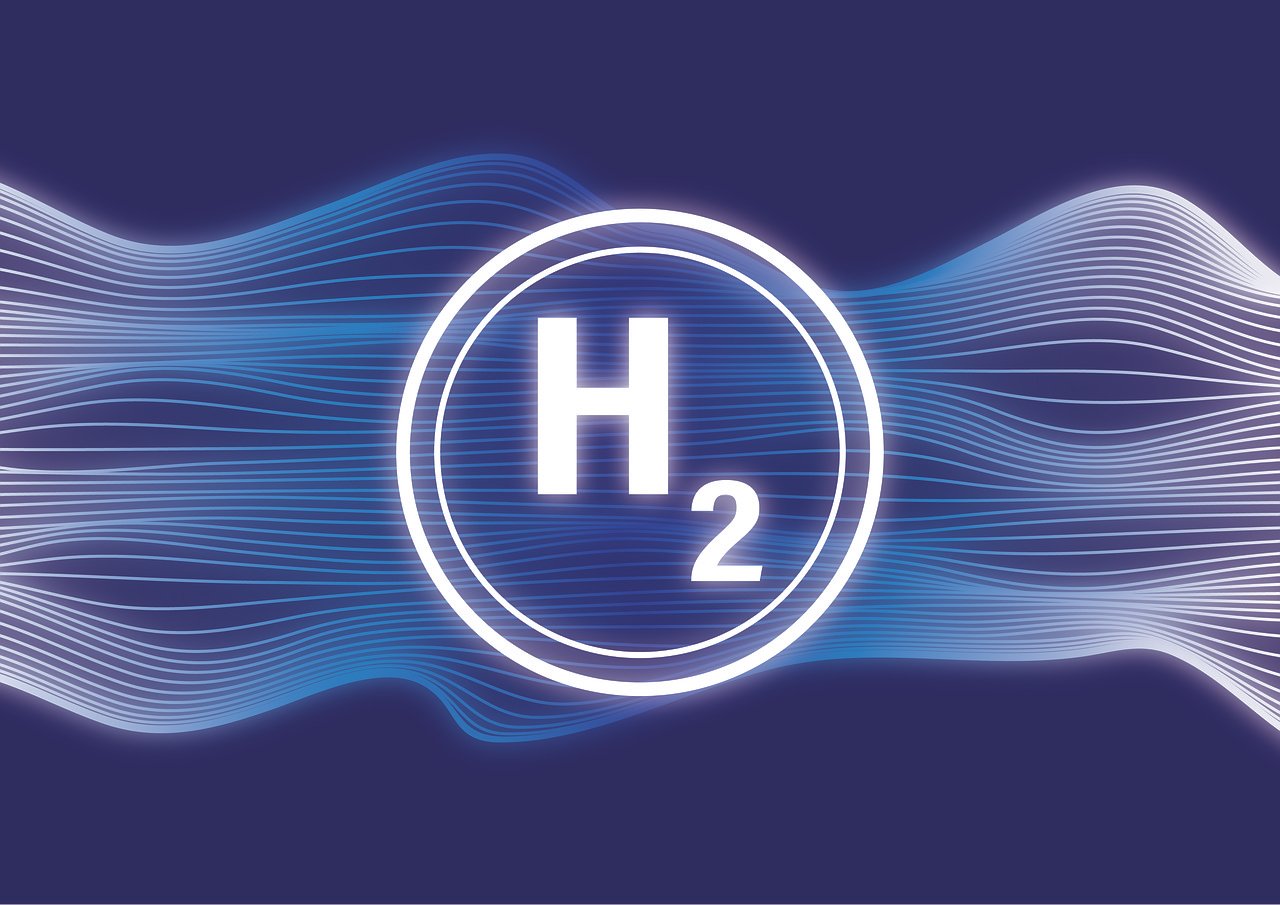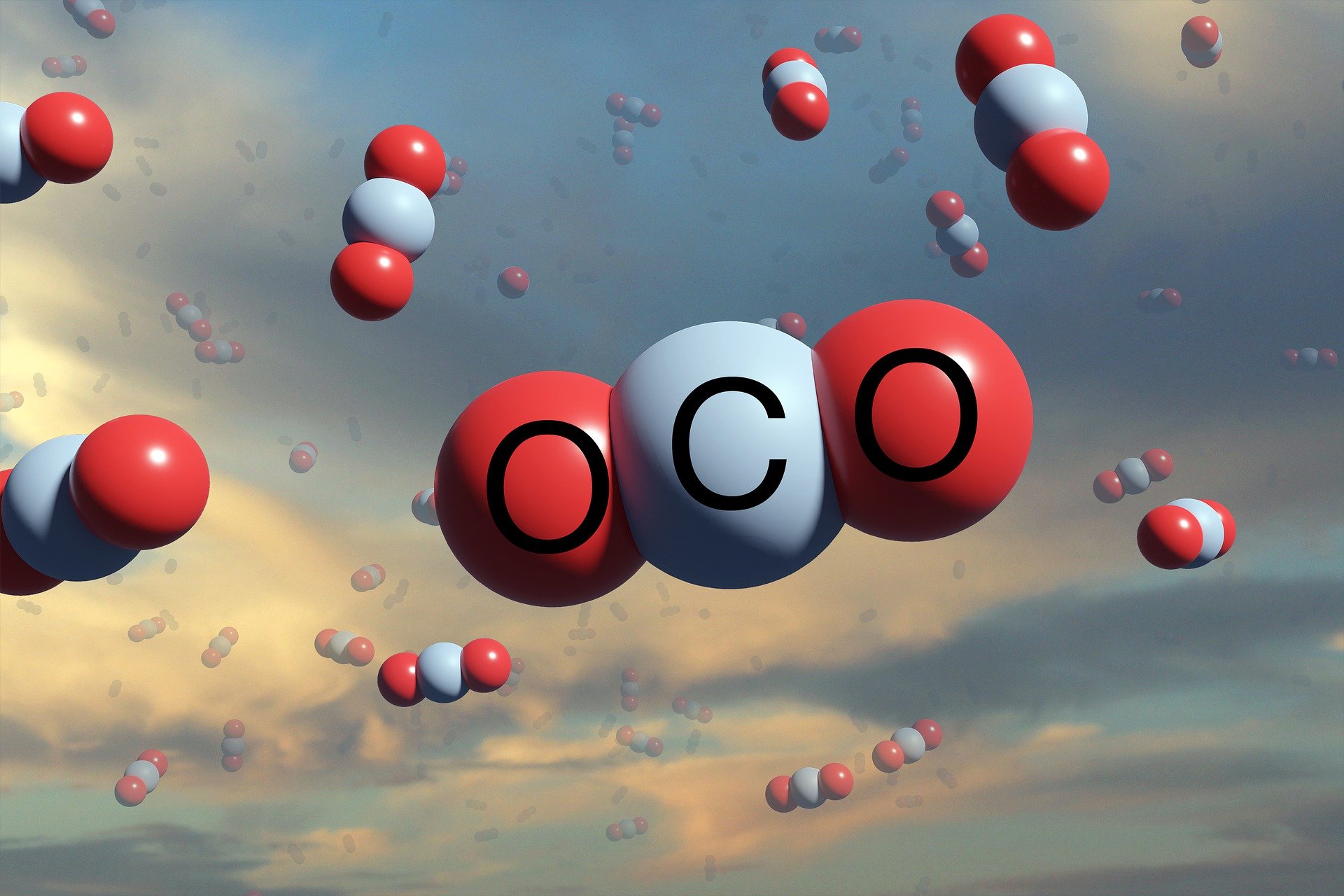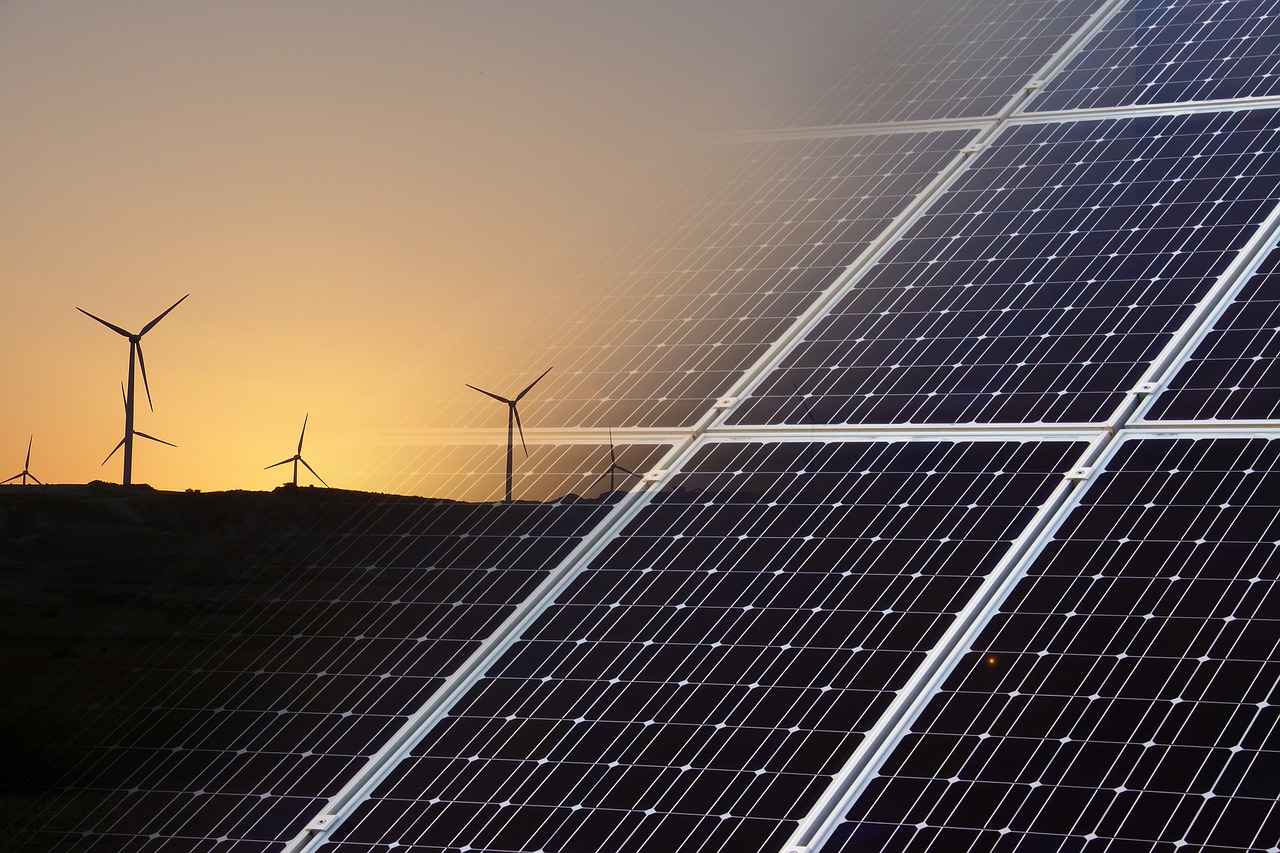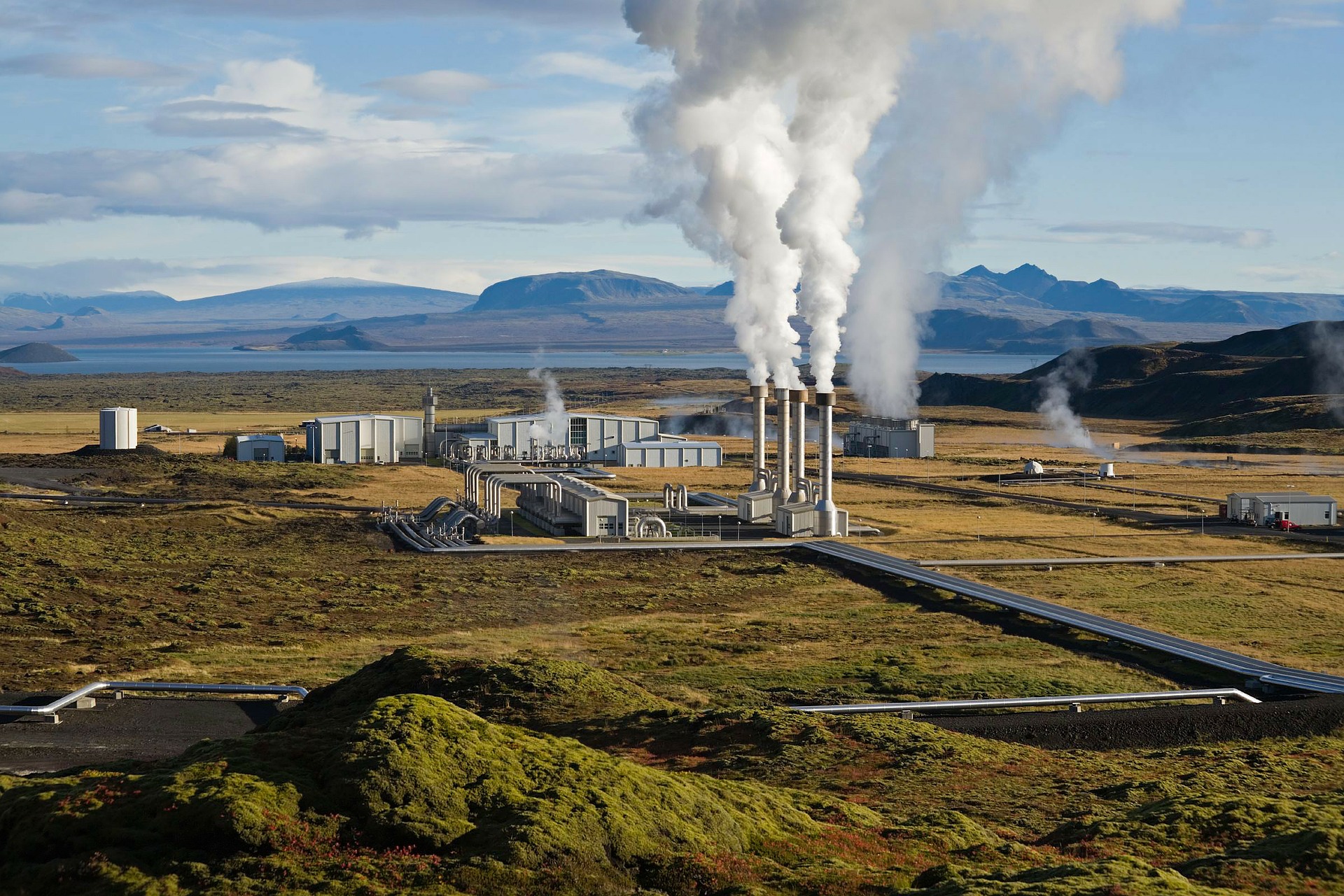Tutor(s)
Richard Swarbrick: Manager, Swarbrick GeoPressure.
Overview
This course examines the nature and properties of seals as they relate to containment for permanent storage of CO2 and cyclical storage of hydrogen and/or compressed air. The course will provide a grounding in the geomechanics of seals and how seals and their properties are created in the subsurface. While most data and analysis relating to seals has been acquired from and applied to the containment of oil and gas, this course will show how such data can be applied to CCS and gas storage. Particular attention will be given to the different sealing requirements of CO2 and hydrogen relative to oil/gas and water.
Duration and Logistics
Classroom version: A 3-day course comprising a mix of lectures, case studies and exercises. The manual will be provided in digital format and participants will be required to bring a laptop or tablet computer to follow the lectures and exercises.
Virtual version: Five 3.5-hour interactive online sessions presented over 3 to 5 days comprising a mix of lectures and exercises. The course manual will be provided in digital format.
Level and Audience
Advanced. This course is aimed at geoscientists and engineers working in energy transition with responsibility for projects to assess and manage gas storage
Objectives
You will learn to:
- Evaluate the nature of containment seals and their properties in the deep earth (>1km/0.62 miles below surface).
- Apply knowledge of seal integrity to estimates of column heights and associated storage volumes.
- Assess the concepts of seal integrity and how to predict risk of seal breach/failure.
- Appraise current knowledge of seal behaviour using case studies.
- Manage the requirements for permanent CO2 storage using CCS versus short-term/cyclic storage for hydrogen air.
- Characterize data requirements and limitations to assess seal integrity and risk (data sourced mainly from oil/gas boreholes).
- Evaluate different trapping requirements for gas storage (currently data-poor) relative to oil/gas (historically data-rich).
- How geochemical fluid-rock reactivity may impact seals to gas storage over time.

